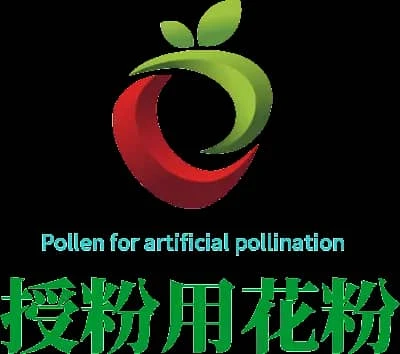Oct . 18, 2024 12:56 Back to list
Understanding Kiwifruit Pollen and Pollination Rates in Orchard Management Strategies
Pollination Strategies and Pollen Management in Kiwifruit Orchards
Kiwifruit, known for its vibrant green flesh and unique flavor, is a popular fruit cultivated in various parts of the world. One of the critical factors influencing the yield and quality of kiwifruit is effective pollination. Kiwifruit plants are dioecious, meaning that male and female flowers are borne on separate plants. Therefore, understanding the dynamics of pollination and pollen management is essential for orchard companies looking to optimize their production.
Pollination in kiwifruit orchards primarily relies on insect activity, particularly bees. Honeybees are the most common pollinators, but other species, including native bees and bumblebees, also play a role. The timing of flowering significantly influences the effective pollination period. When female kiwifruit flowers bloom, it is crucial that male plants are flowering simultaneously to ensure an adequate supply of pollen.
The typical flowering season for kiwifruit occurs in late spring to early summer. During this period, the orchard companies must assess the health and population of their pollinator species. Providing suitable habitats for bees and ensuring minimal pesticide use during the flowering period can greatly enhance pollination rates. Orchard managers can also introduce beehives into the orchards to improve cross-pollination among their kiwifruit plants.
Research has indicated that effective pollination can increase fruit set, size, and overall yield. A study conducted in New Zealand, one of the leading exporters of kiwifruit, highlighted that orchards with higher pollinator populations produced up to 30% more fruit compared to those with fewer pollinators. This statistic underscores the importance of effective pollen management in maximising orchard productivity.
pollination pollen of kiwifruit in orchard companies

Pollen management strategies can vary based on the specific challenges faced by orchard companies. One method involves selecting compatible male cultivars that can provide sufficient pollen for the female flowers. Cultivars such as 'Hayward' (female) and 'Matua' (male) are commonly utilized in industry practices, as they have been shown to enhance pollination efficiency.
In addition to choosing the right cultivars, timing is crucial. Ensuring that male plants are optimally pruned and maintained to maximize flowering can help synchronize blooming across the orchard. Furthermore, the use of mechanical pollinators has emerged as a method to supplement bee populations, especially in large-scale orchards where bee numbers may be insufficient.
Monitoring weather conditions is essential as well, as temperature and humidity levels can impact bee activity and pollen viability. Orchard companies should be aware of the optimal conditions for pollinator activity, taking care to avoid work in the orchards during adverse weather that may deter bees from foraging.
In conclusion, effective pollination plays a vital role in the successful production of kiwifruit in orchards. Orchard companies must actively engage in pollen management strategies, including selecting the right cultivars, fostering pollinator habitats, timing flowering appropriately, and monitoring environmental conditions. By implementing these strategies, orchardists can significantly enhance pollination rates, leading to improved fruit yield and quality. As the global demand for kiwifruit continues to grow, effective pollination and pollen management will remain central to the success of the kiwifruit industry.
-
Artificial Pollination Solutions for All Plant Pollen Types
NewsJul.29,2025
-
Premium Plant Pollen for Pure Pollination & Pollen Block Solutions
NewsJul.29,2025
-
Artificial Pollination Solutions for Efficient Crop Yields
NewsJul.28,2025
-
Premium Cherry Pollen for Pure Pollination & Different Types of Pollen
NewsJul.28,2025
-
Eco-friendly Fruit Paper Bags with Pollen Block Technology
NewsJul.26,2025
-
Premium Kiwi Pollen for Sale – Fresh Male Kiwi Pollen Supplier
NewsJul.25,2025